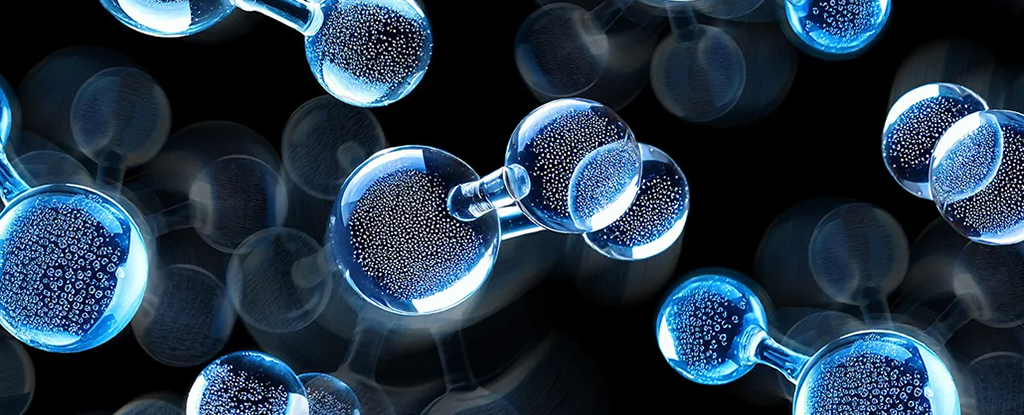ARTICLE AD
The more we learn about autism, the more egregious our old misconceptions seem. New research conducted on mice shows how male and female brains may be equally prone to autism, adding to evidence suggesting the condition has been significantly underestimated in women.
The findings represent an urgent need to include male and female subjects in studies of autism spectrum disorder ( ASD), says a team led by neuroscientist Manish Kumar Tripathi of the Hebrew University of Jerusalem.
Historically, autism has been thought of, studied as, treated, and diagnosed as a primarily male disorder. Boys are significantly more likely to be diagnosed with autism than girls, and the diagnostic criteria have traditionally been based on male presentations of autism.
In recent years, however, experts have begun to question this established understanding of the disorder, suggesting that there may be a feedback loop that excludes girls. Since the diagnostic criteria are male-centric, more boys are referred for diagnosis, and then diagnosed, at a rate of around four boys to every girl. Boys, therefore, are more frequently the subject of autism research, leading to a biased confirmation of the gendered nature of autism.
We don't know what causes autism, but the researchers decided to investigate the development of synaptic impairment in two well-established models of autism spectrum disorder, using two separate mouse lineages with human-based mutations.
The researchers studied the social behavior of their mice, as well as their brain development, and levels of proteins that are important for synaptic signaling. Compared to mice without the mutations, the model mice had lower spine density – that is, fewer spines protruding from the dendrites of their neurons – and lower levels of the signaling proteins.
This, the researchers say, suggests that the brains of the model mice do not develop in the same way as the normal mice. In addition, the model mice have social deficits.
Crucially, there was no difference between male and female mouse brains in these traits, nor in the social behaviors.
Previous studies have attributed the imbalance in diagnosis to what is known as the female protective effect, which shields girls from presenting with autistic traits. It's not really known what causes this. Some studies have suggested that it takes a higher number of mutations for girls to exhibit autistic traits, giving them a greater biological resistance to autism.
Others argue females are just as impacted, with greater rates of internalized disorders than males, but only those with more severe autism being diagnosed because female symptoms present differently. For example, while boys with autism are more likely to isolate themselves, young girls appear to socialize typically, at least at first, but their differences are picked up by their peers over time leading to difficulties maintaining long term relationships.
The work of Tripathi and his colleagues support the latter theory, as they found that female brains are not more resistant to autism after all. They suggest that, in addition to presenting differently, girls are more likely to "camouflage" their autistic traits than boys, and that this has been deeply under-recognized and under-studied.
"Our study underscores the need to consider both sexes in ASD investigations," says neuroscientist Haitham Amal of the Hebrew University of Jerusalem.
"The observed similarities in synaptic alterations between male and female ASD mice challenge the traditional focus on males, urging the scientific community to broaden its approach and include females in ASD studies."
The research has been published in Scientific Reports.

 1 year ago
75
1 year ago
75 

